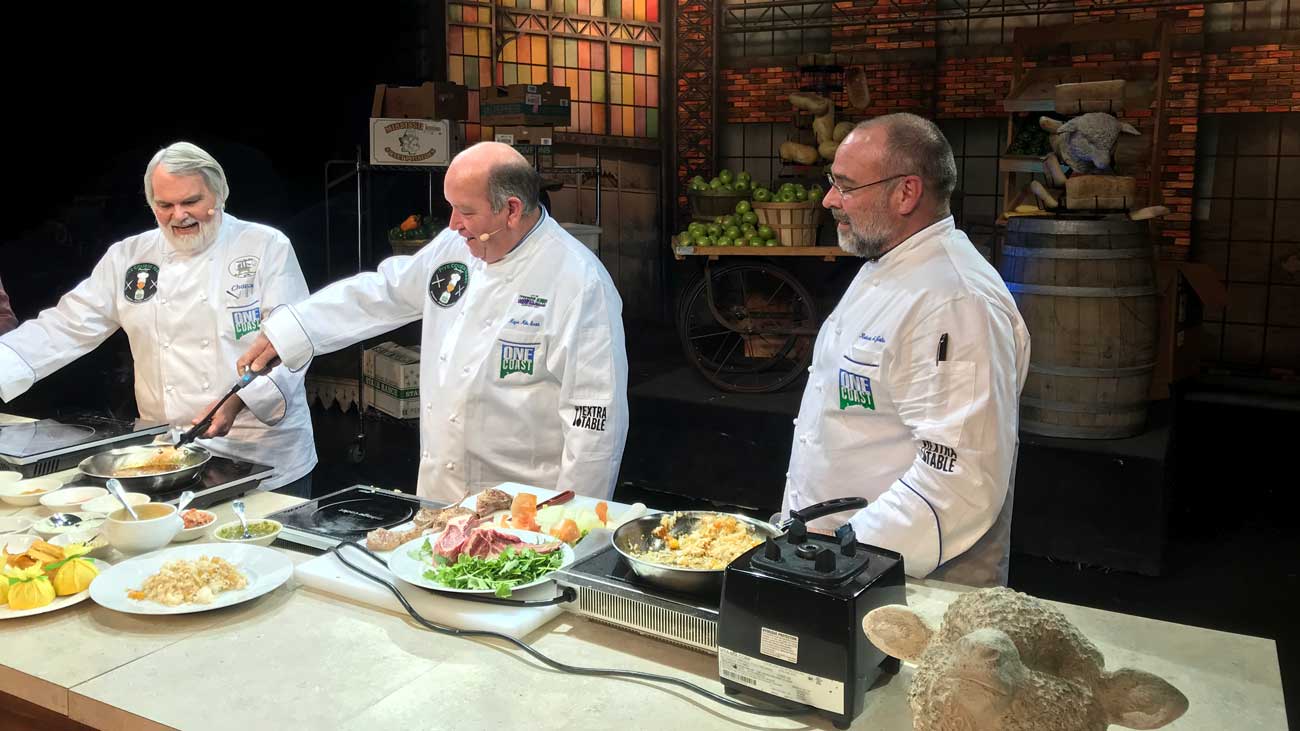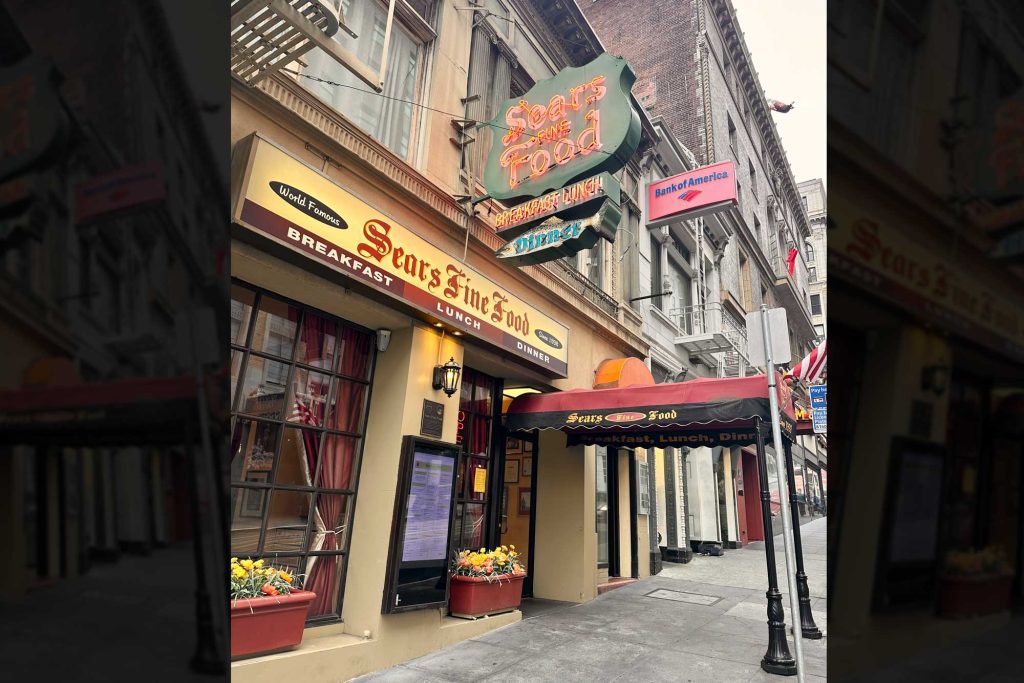“We are in the middle of the flow.”
That is what Roy the Beekeeper told me last spring. I didn’t know what “the flow” was, but, being a brand new apiarist, I just went with it and faked my way through the rest of the conversation.
I learned later that “the flow” is beekeeper shorthand for the honey flow or the nectar flow, which is the time of year when the maximum number of plants are blooming and the bees are working overtime to produce as much honey as they can.
I love the term “the flow” is romantic, sort of like Napa Valley during “the crush.” A term such as the crush might, on it’s surface, might have negative overtones. But to those who make their living in the wine industry, it’s one of the most crucial times of the year when the winemakers are picking and crushing grapes.
If you’re a beekeeper, the flow is vital.
In this part of the world, the flow usually begins when the wild cherry blooms in April. Though bees start collecting pollen and nectar as early as January when the Hazel Alder and maple’s bloom. They finish their work for the year in October with the budding of the Eastern Smokebush. After that they spend the winter living off of the fruits of their labor inside of the hive until the Hazel Alder blooms again.
Roy the Beekeeper, is actually Roy Clingon. He is the official beekeeper for our restaurants. He keeps us in honey. I learned from Roy that here are actually two flows, a Spring flow and a Fall flow. The Fall flow centers around popcorn trees and their blooms. Typically the honey produced in the springtime is lighter colored, Fall honey is darker.
We have two hives that produce honey for The Purple Parrot Café, and earlier this Spring, we added eight more. We will apparently need the additional hives because last week Roy said, “This year is won’t be a very good year for honey. The weather wasn’t right during the flow, and the nectar died out during the cold mornings.”
He has 29 hives, and this year he only harvested 300 pounds of honey. During a year when the flow is right, 29 hives can yield more than 1,600 pounds of honey, that’s more than 1,000 pints.
Roy the Beekeeper knows more about South Mississippi plants, and when they bloom, than anyone I’ve never even heard met. A conversation with him will yield statements such as, “the gallberry is blooming right now. Gallberry honey is good honey.”
I’ve lived in this part of the South my entire life, and spent almost every waking hour of my youth playing outside. I’d never even heard of a gallberry plant, or tree, or bush. But apparently they’re around. They bloom, and bees love them.
If you’re a true bee person you have to know stuff like that. I am not a true bee person. I fall into the I-love-honey category. I got into beekeeping because I knew that bees would be good for our garden. Actually, I am now more interested in bees than I am vegetables. They are fascinating creatures.
Bees are the only insects that produce food for humans, and they’ve been doing so for over 150 million years. To make one pound of honey, worker bees fly 55,000 miles and tap two million flowers. It takes a lot of bees to make a little honey as one worker can only produce 1/12th of a teaspoon of honey in its lifetime.
My friend Bud swears by honey. It’s his go-to cure-all for anything that ails you. Got a cold? Eat a spoonful of honey? Got a cut? Put a dab on honey on it. Stomachache? Honey. Wanna live longer? Honey.
Bud loves honey so much that I recently got Roy the Bee Man to put a large hive in his side yard. As we were watching the installation I got stung (a casualty of the flow). Bud’s solution for bee stings? Honey. Guess what? It worked.
On with the flow.
Honey-Roasted Nuts
1/2 cup Butter
1/2 cup sugar
2 Tbl Honey
1 cup slivered almonds
1 cup pecan pieces
In a large skillet or sauté pan heat butter and sugar together until the sugar is melted and starts to caramelize. Add the nuts and honey and stir constantly for 1–2 minutes. The nuts will brown quickly. Do not let them get too dark. As soon as the nuts are golden brown, remove from heat and spread thin onto a baking sheet to cool. Break the caramelized nuts into small pieces when they have cooled completely. Yield: 2 cups.



